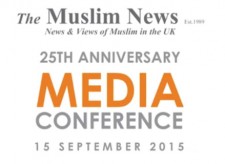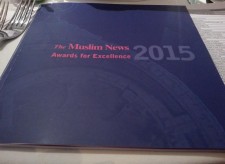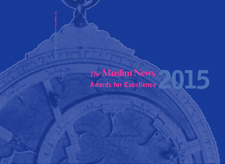Meng Yihua
Beijing is forging ahead with its “mosque consolidation” policy as part of its efforts to sinicize religion in China.
The Australian Strategic Policy Institute (ASPI) reports that approximately half of the mosques in China’s most western province, Xinjiang, have been demolished, with two-thirds of all mosques damaged by authorities since 2017.
Xinjiang is the province with the highest population of Muslims, followed by Ningxia and Gansu, which have also seen mosques destroyed or damaged.
While many mosques have been destroyed, decommissioned, or their domes and minarets removed, others have been repurposed and converted into secular buildings in attempts to restrict Islamic practice.
Human Rights Watch (HRW) declared the “mosque consolidation” policy a violation of the right to freedom of religion, as provided in Article 18 of the Universal Declaration of Human Rights. Acting China Director at HRW, Maya Wang said that the “government’s policies of sinicization show a blanket disregard for freedom of religion” and are “part of a systematic effort to curb the practice of Islam in China.”
State control over religion has increased since President Xi Jinping’s call to “sinicize” religions in 2016, to redirect Muslim loyalty to the Chinese Communist Party.
An April 2018 document laid out a multi-pronged national strategy to realise this, with one key principle being to “compress the overall number” of mosques and ensure that mosque constructions are managed such that there are more demolitions than new constructions.
Ma Ju, a Hui Muslim activist based in the US, says that part of the strategy includes approaching Hui Muslim Communist Party members as a first step before moving on to students and government workers, whom they threaten with “probation and unemployment” if they continue practising their faith.
In other instances, removing the main prayer hall or the ablution rooms from mosques often renders the building unusable as a place of worship, and HRW says “it is unlikely that they will continue to function as mosques.”
Human Rights Watch used satellite imagery to verify pictures that Hui Muslims have posted online of mosques in two Ningxia villages.
They discovered that all seven mosques in these villages had their domes and minarets removed, and four of them had been significantly destroyed. By removing key Islamic features of mosques as well as the main prayer halls, the authorities discourage religious practice, says Ma Ju, adding that the decreased attendance then provides the state with a further excuse to close the mosque down.
Ten of China’s 55 ethnic minority groups are Muslim minorities, the two largest being the Hui and the Uyghurs.
The Hui, who are culturally assimilated with the dominant Han ethnic group in the country, are the largest Muslim minority group in China, comprising approximately 46 per cent of all Muslims in China. Hui Muslims are concentrated in the northwestern provinces of Ningxia, Gansu, and Qinghai.
A further 43 per cent of all Muslims in China are Uyghurs, who are found in China’s far western province of Xinjiang, where approximately 45 per cent of the population are Uyghur Muslims, according to the 2020 Census. While Hui Muslims are culturally, linguistically, and physically close to the Chinese Han, the Uyghurs are more closely related to their central Asian neighbours.
The last time mosque closures occurred on a large scale was after the Chinese Communist Party came to power in 1949 when approximately 90 per cent of Ningxia’s mosques were destroyed completely. It was only after the Cultural Revolution of 1966 that the mosques began to be rebuilt, despite the state’s strict control over religion.
Map: The estimated number of mosques destroyed or damaged in each prefecture of the XUAR Red dots represent the estimated number of destroyed mosques, orange represents the estimated number of damaged mosques. The number written shows these two combined. (Source: ASPI ICPC)
















